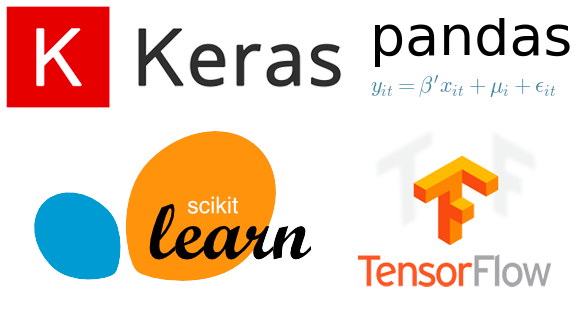How to classify digits using a VGG16 network achitecture in Keras and Python

Classifying digits using a VGG16 network architecture in Keras and Python is a process that involves several steps. The VGG16 architecture is a deep learning model that is commonly used for image classification tasks, and Keras is a high-level neural networks API that allows for easy and fast prototyping, and it is written in Python.
The first step in classifying digits using a VGG16 network is to prepare the dataset. This involves collecting images of digits, such as handwritten digits or scanned digits, and organizing them into a format that can be used for training and testing. The images should be labeled with the corresponding digit and should be split into a training set and a test set.
Next, we need to load the VGG16 model. Keras provides a built-in function for loading pre-trained models, including VGG16. We can simply call this function and pass in the name of the model we want to load. The VGG16 model is pre-trained on a large dataset of images and has already learned to recognize different features in images, such as edges, shapes, and textures.
Once we have loaded the VGG16 model, we need to fine-tune it to our dataset. Fine-tuning the model involves adding additional layers and adjusting the weights of the pre-trained model to better suit our dataset. This is done by training the model on our dataset of digit images, adjusting the weights based on the performance of the model, and repeating this process for a set number of iterations, known as epochs.
After fine-tuning the model, we can use it to classify new images of digits. This can be done by calling the predict function on the model and passing in the image we want to classify. The model will return the predicted digit as an output.
It is also important to evaluate the model’s performance by testing it on a held-out test set of images. This can be done by comparing the model’s predictions to the actual labels of the images in the test set, and calculating a performance metric such as accuracy, precision, recall and F1-Score.
In summary, classifying digits using a VGG16 network architecture in Keras and Python involves preparing a dataset of digit images, loading the pre-trained VGG16 model, fine-tuning the model to the dataset, using the model to classify new images, and evaluating the model’s performance on a test set.
In this Applied Machine Learning & Data Science Recipe (Jupyter Notebook), the reader will find the practical use of applied machine learning and data science in Python programming:How to classify digits using a VGG16 network achitechture in Keras and Python.
What should I learn from this recipe?
You will learn:
- How to code a keras and tensorflow model in Python.
- How to setup a sequential deep learning model in Python.
- How to setup Early Stopping in a Deep Learning Model in Keras.
- How to split train and test datasets in a Deep Leaning Model in Keras.
- How to incorporate Multiple Layers in a Deep Learning model.
- How to reduce overfitting in a Deep Learning model.
- How to test different OPTIMIZERs and Epoch Sizes in a Deep Learning model.
- How to setup an experiment in a Deep Learning model.
- How to setup CNN layers in Keras for image classification.
- How to classify images using CNN layers in Keras: An application of MNIST Dataset
- How to create simulated data using scikit-learn.
- How to create training and testing dataset using scikit-learn.
- How to train a tensorflow and keras model.
- How to report confusion matrix.
- How to plot MNIST dataset in Python.
- How to classify digits using a VGG16 network achitechture in Keras and Python.
How to classify digits using a VGG16 network achitechture in Keras and Python:
Disclaimer: The information and code presented within this recipe/tutorial is only for educational and coaching purposes for beginners and developers. Anyone can practice and apply the recipe/tutorial presented here, but the reader is taking full responsibility for his/her actions. The author (content curator) of this recipe (code / program) has made every effort to ensure the accuracy of the information was correct at time of publication. The author (content curator) does not assume and hereby disclaims any liability to any party for any loss, damage, or disruption caused by errors or omissions, whether such errors or omissions result from accident, negligence, or any other cause. The information presented here could also be found in public knowledge domains.
Learn by Coding: v-Tutorials on Applied Machine Learning and Data Science for Beginners
Latest end-to-end Learn by Coding Projects (Jupyter Notebooks) in Python and R:
Applied Statistics with R for Beginners and Business Professionals
Data Science and Machine Learning Projects in Python: Tabular Data Analytics
Data Science and Machine Learning Projects in R: Tabular Data Analytics
Python Machine Learning & Data Science Recipes: Learn by Coding
How to classify Flowers (iris data) using a keras deep learning model